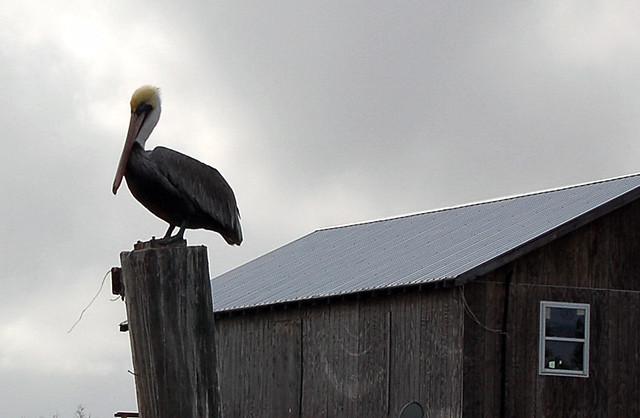The New Orleans’ pro basketball franchise recently announced it was officially doing away with its Hornets mascot, which was a holdover from the team’s relocation from Charlotte. While some fans have questioned the integrity of the pelican as a professional sports emblem, it’s important to remember what motivated the rebranding. The Hornets’ mascot never attached itself to New Orleans and fans were slow to embrace the transplanted team. Will the pelican logo strike fear into the hearts of competitors? Maybe not. But for the franchise, it’s not about intimidation — it’s about ownership.
In becoming the Pelicans — and honoring local wildlife with a strong presence in New Orleans and Louisiana — the basketball franchise is planting roots and identifying with its host city in a more direct way. Additionally, fans will be more likely to embrace a quirky, homegrown mascot than something generic or passed down from another city. The team’s change to the Pelicans can teach us a thing or two about the intelligence of rebranding.
A parallel tale in Charlotte
Sports enthusiasts in a new destination want to embrace something that is truly theirs, particularly when teams move from one city to another. In many cases, franchises want to distance themselves from the past — which in many cases ended with a messy divorce — and start anew. Rebranding is a great way to accomplish that. Recent years have seen the Seattle Supersonics move to Oklahoma City and become the Thunder. In the National Football League, the Houston Oilers left town for Nashville, Tennessee, and became the Titans. In the NBA, just as soon as the New Orleans franchise announced their intention to relinquish the Hornets mascot, the Charlotte franchise contacted the league office about reclaiming the mascot. The Hornets had originally played in Charlotte and had a long history before being moved to New Orleans. When a new franchise was established in Charlotte, it was forced to take a different name and settled on the Bobcats, a generic term with no footing in the local culture. The franchise is hoping that reverting back to the Hornets will win over fans and grow the team’s popularity.
Viewing the change from all angles
On the surface, the Pelicans’ arrival seems like a natural move, but that glosses over the legitimate planning and strategizing that went into such a transition. For a rebrand to be truly successful, the stars have to align to make your decision clear.
- Don’t infringe on another company’s brand. Develop a voice and/or story that details your brand’s mission and how it relates to your goals. In New Orleans, it wasn’t just to localize the mascot and win over the city — it was also an effort to lift up local wetlands wildlife that is suffering from loss-of-habitat and environmental problems.
- Have a strategy in place to publicize your new brand, whether that’s through social media, community events, sponsorships or newsletters. Get your fresh rebrand in front of the masses. A change to your logo design is more than a new version of a cute picture. Your logo represents who your company is at its core and should be instantly recognizable to passerby.
- Do some analysis to set goals for your transition. How many new customers or sales are you hoping to generate? How do you hope to see your social media following grow? Set realistic goals that your research shows are within your reach to best gauge your rebrand’s potential.
It remains to be seen how the city of New Orleans will embrace the Pelicans, but most experts and basketball personnel believe it’s going to have positive results in building a fan base within the city. At the very least, it should be an improvement upon the Hornets mascot, which had stalled in its efforts to attract new fans. Assuming the franchise’s management has done its homework, it will be up to their execution of the rebrand to roll out the new mascot and make a big splash.
